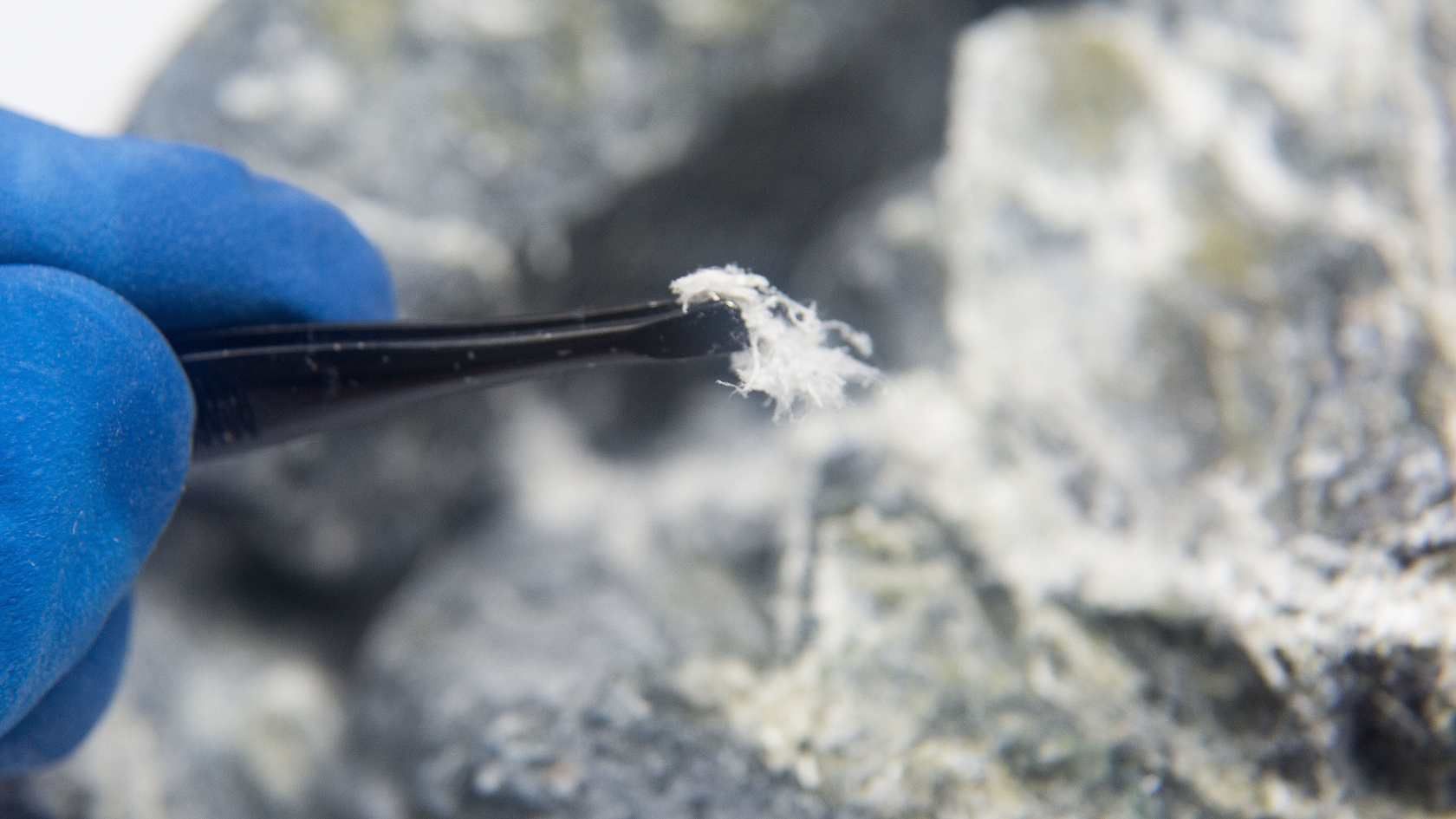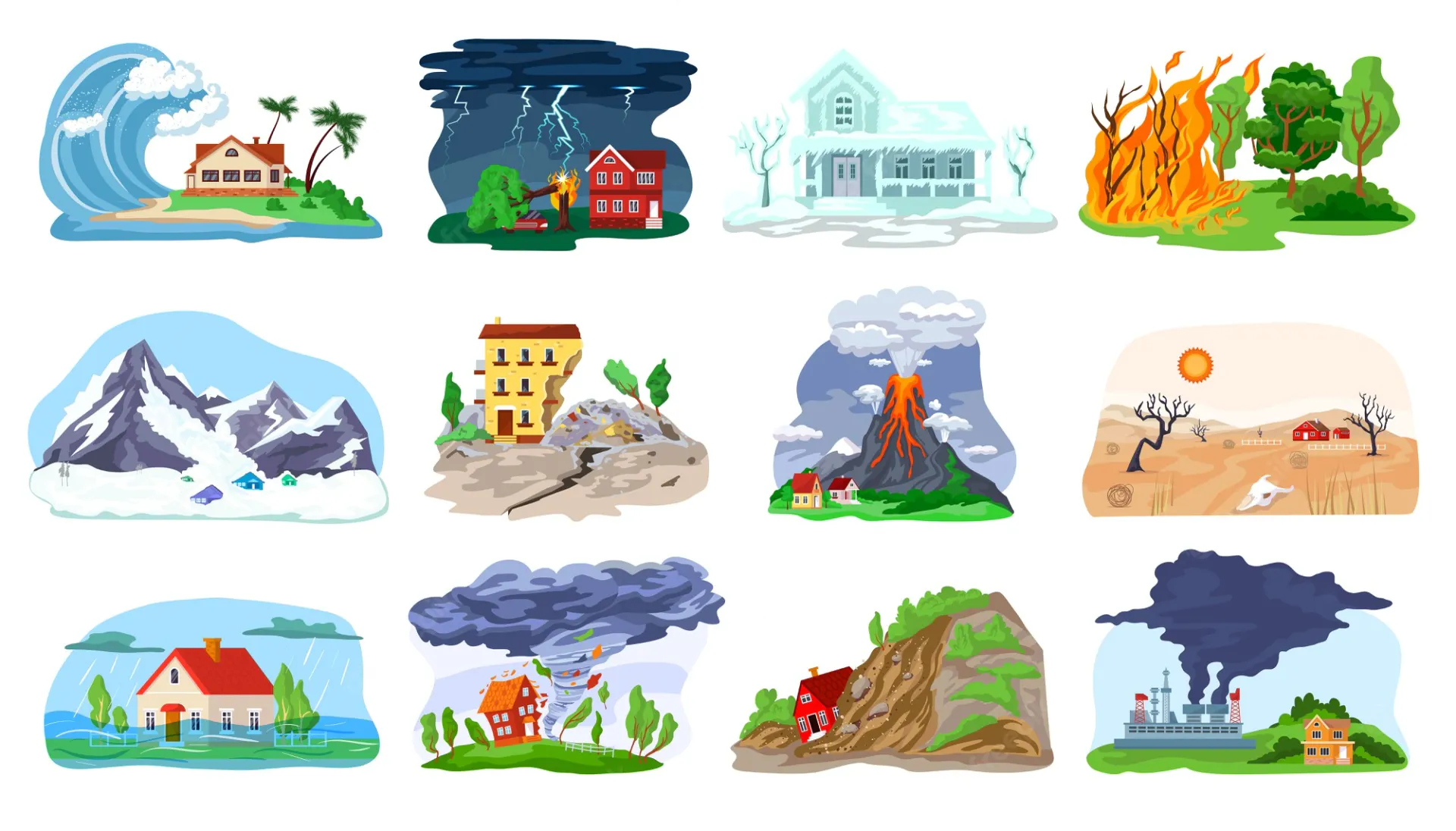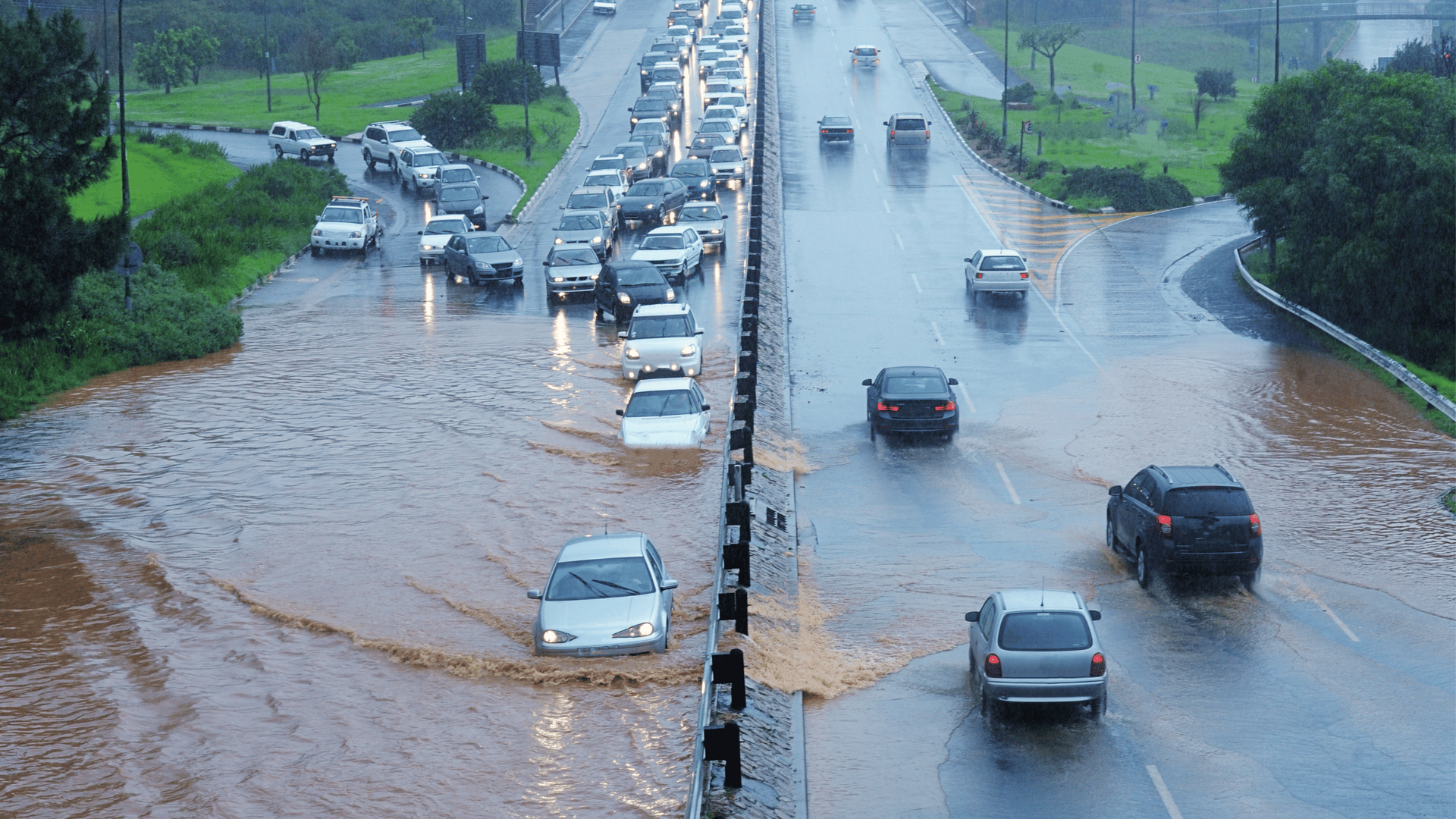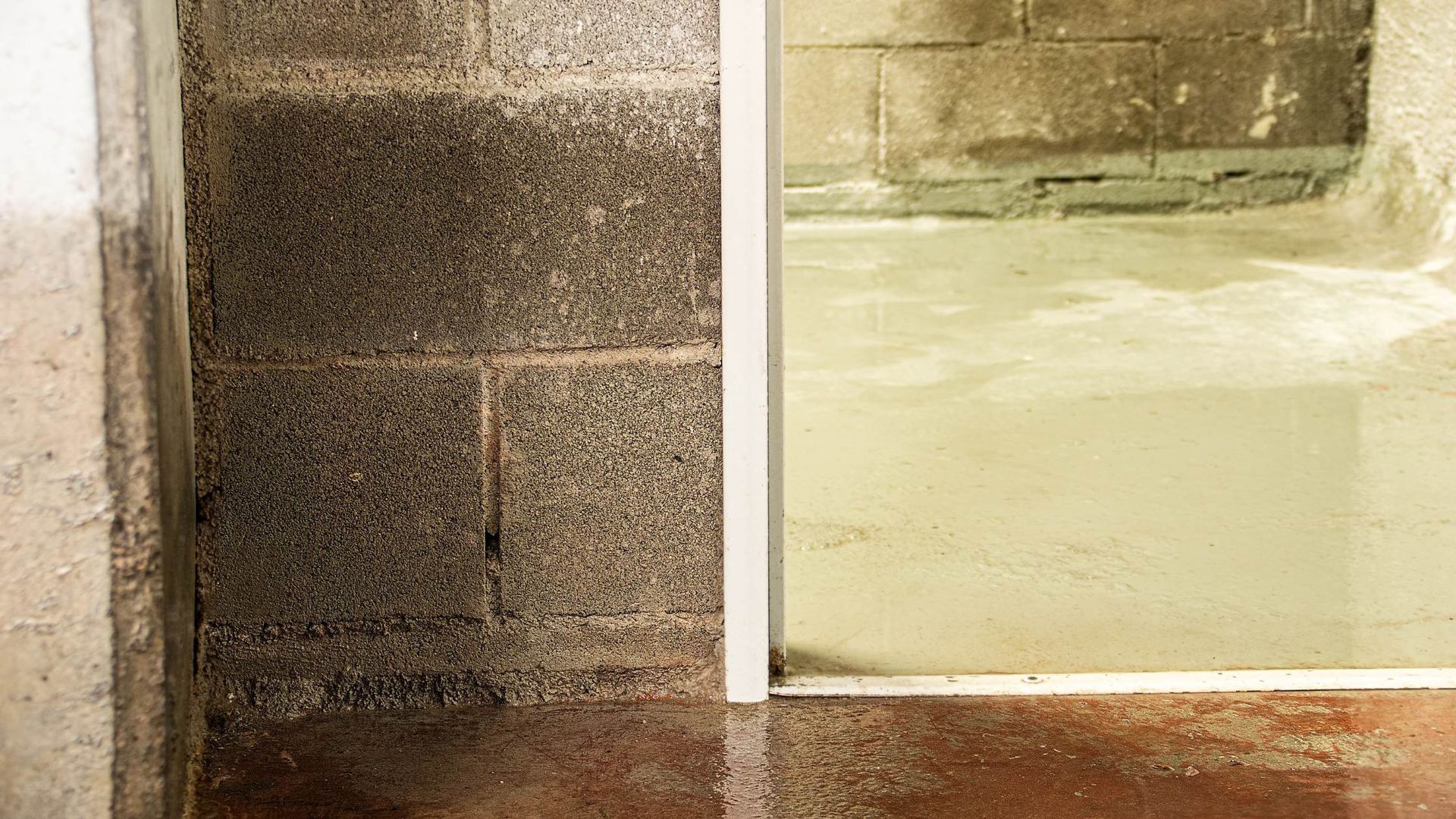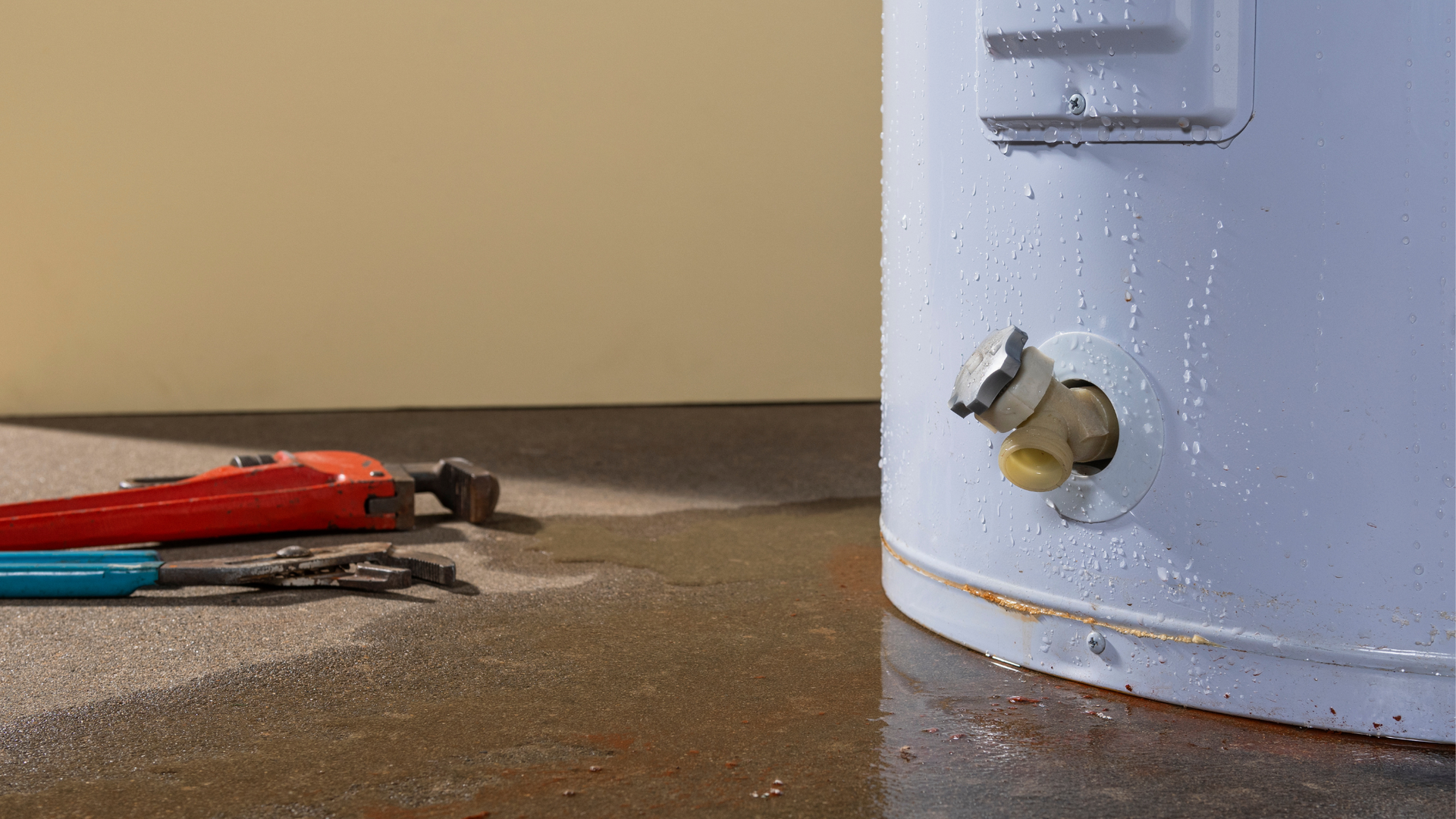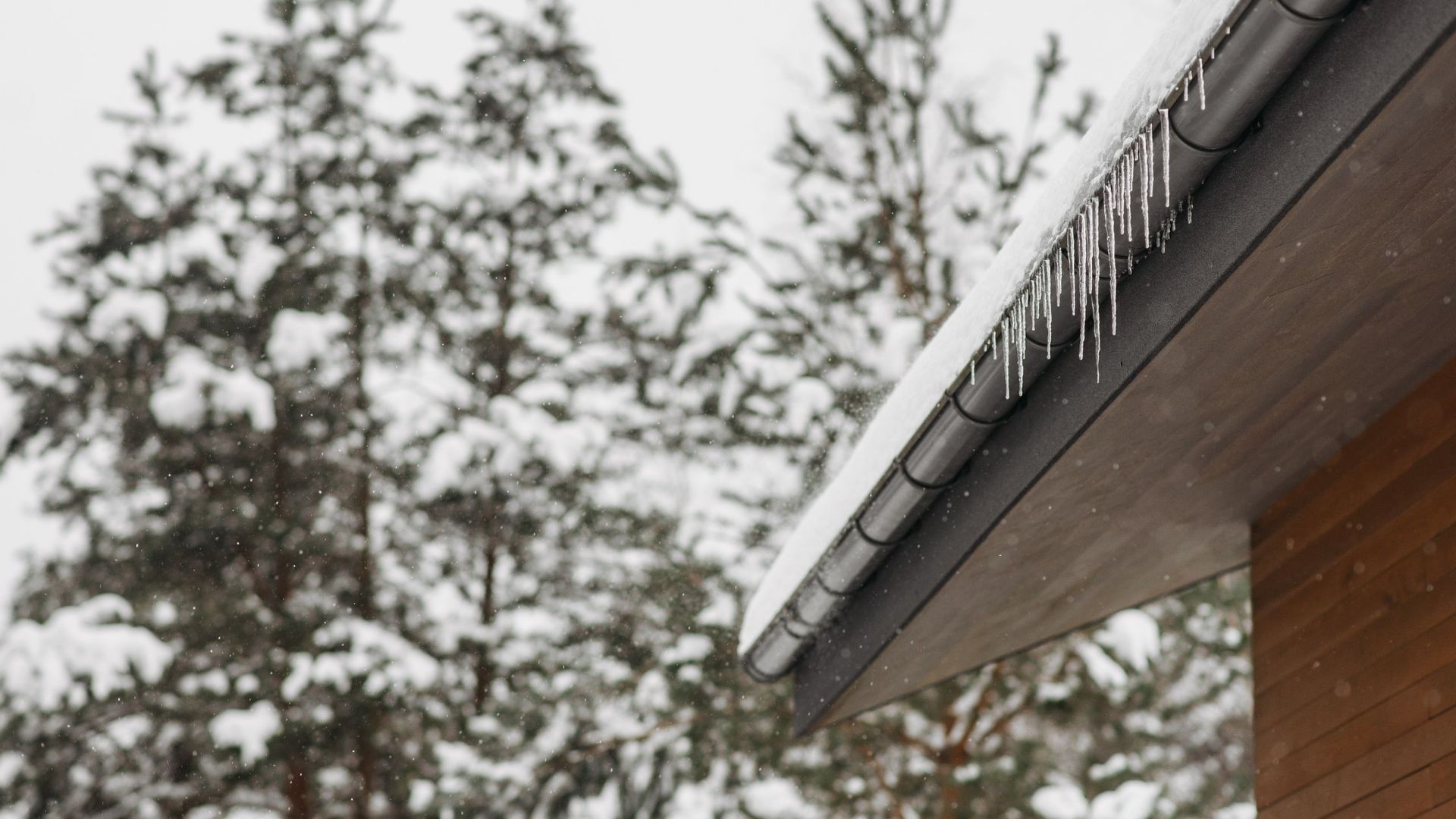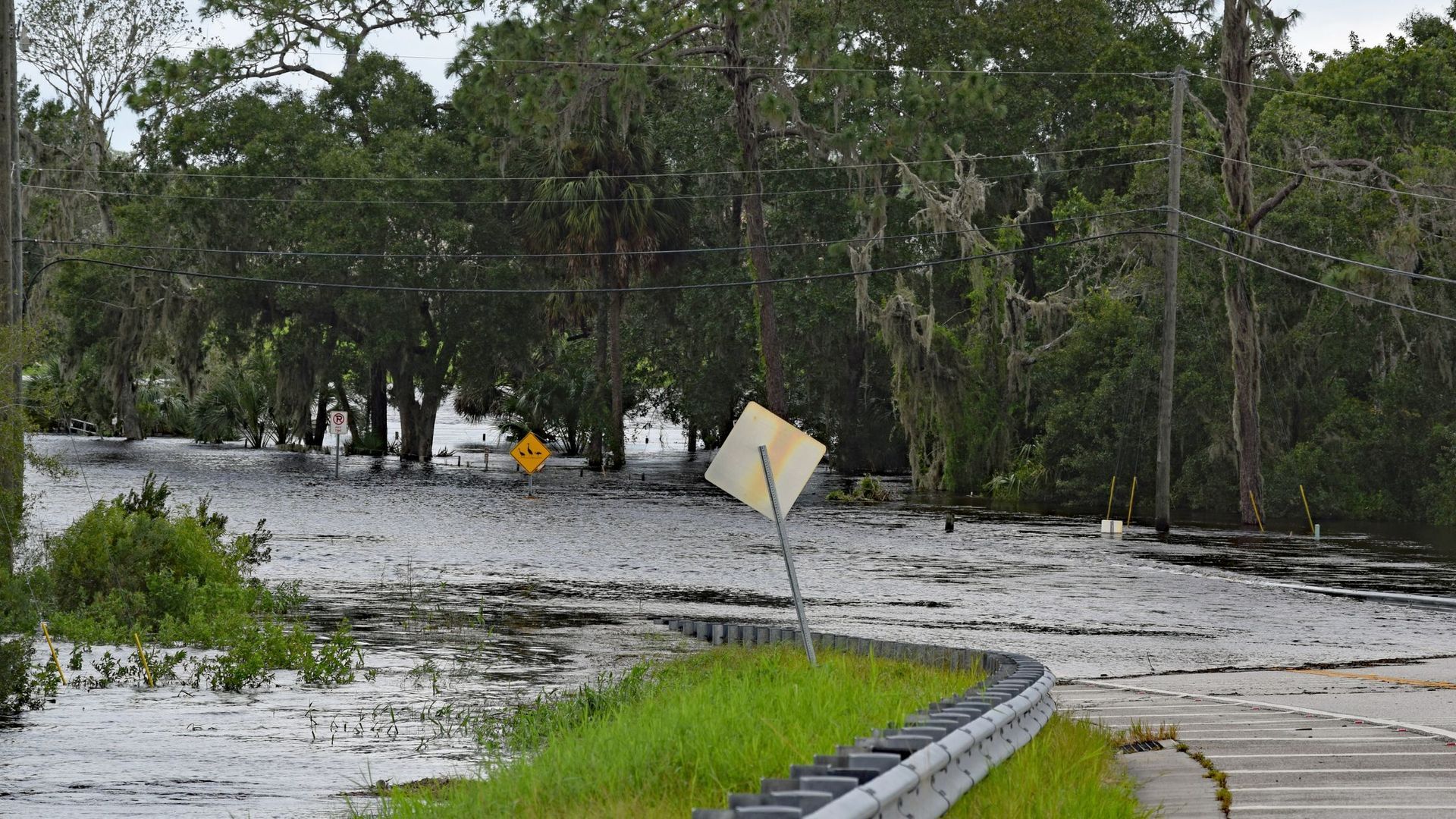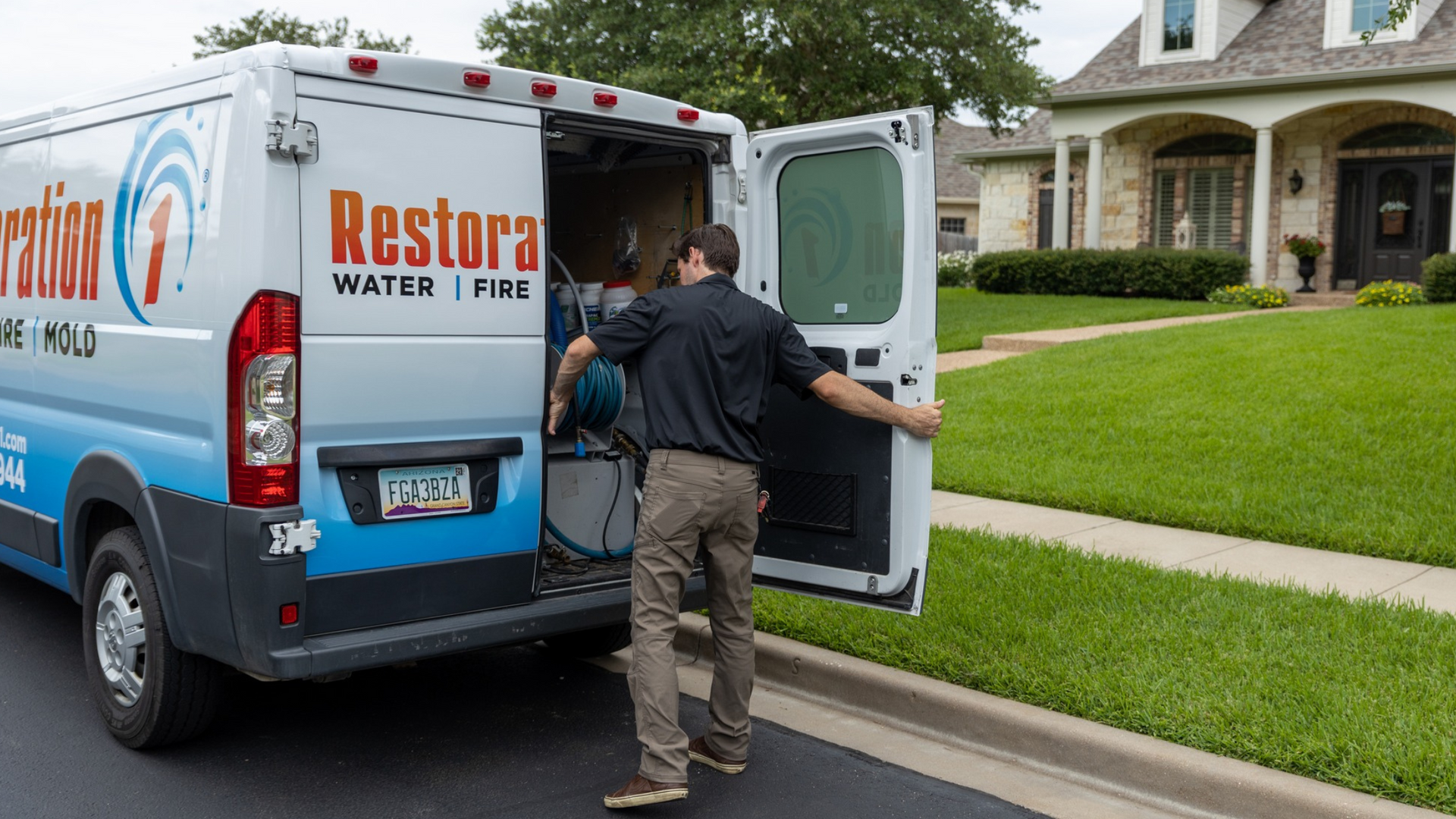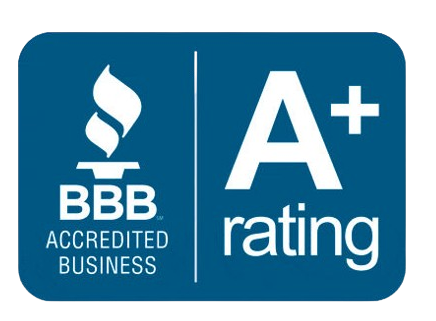Unexpected Hazards after a House Fire
Hazards after a fire!
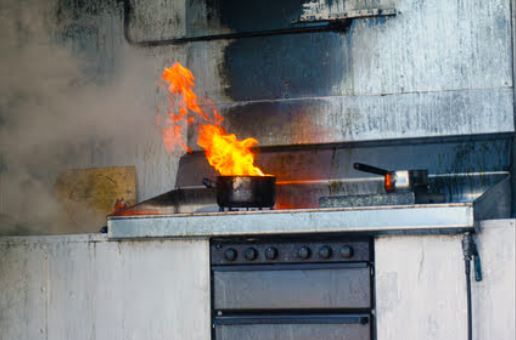
After a fire, the smoke damage is usually painfully obvious: crispy-charred furniture, discolored walls, and a jumble of melted belongings. It can also produce smells with harmful side effects. Even more confusing, some signs of smoke damage occur immediately while others are only apparent days after the fire. It’s important to know exactly how and where fire damage can impact your home before the clean up process begins; some areas of your home may have smoke damage that’s not visible.
Discoloration
At Restoration 1 in Greensboro we want you to know that shortly after a fire, the effects of smoke damage are visible on walls, ceilings and surfaces, appearing as stains and discoloration. Within a few days, walls and flooring may begin to turn yellow. Plastic surfaces and appliances become discolored and warped. Several hours after a fire, metal hardware can show signs of rust and corrosion.
Marble, granite or travertine surfaces of porous stone usually become permanently discolored from the acidic residue found in soot. This residue can also permanently tarnish metals and mirrors. Glass and copper can get ‘etched’ from the mix of chemicals.
Odors and Smells
Not only can you see the damage, you can smell the damage. Smoke produces tiny particles of carbon in the air, called soot. Several components contribute to the smell that lingers after fire damage.
- Particles – partially or completely burned substances that are sometimes toxic and can penetrate surfaces and fabrics.
- Vapors – misty, fog-like droplets that can be poisonous if inhaled or absorbed.
- Carbon monoxide (CO), is the most common toxic gas that results from a fire. (It is odorless.)
- Phosgene is created when household products such as vinyl, plastics and other chemicals and solvents containing chlorine materials are burned.
- Hydrogen cyanide is a by-product from the combustion and burning of insulation, carpets, clothing, synthetics, and plastics, such as PVC pipe.
The source of the odor can oftentimes be difficult to pinpoint; it can embed in the pores of wood or get trapped in upholstered furniture. You’ll need professional help to save these pieces. Most household deodorizing sprays and disinfectants provide only temporary relief. In reality, some sprays may interact with smoky odors and create a more offensive odor.
System-wide Damage
While fire damage is visible on walls and ceilings, smoke residue can get trapped in your ventilation system. During a fire, smoke can permeate walls and drift through ventilation ducts, where it becomes trapped. If not properly removed, smoke odor reoccurs from time to time, especially during warm or damp weather plus whenever the HVAC system restarts. These loose soot particles could even cause respiratory problems for those with delicate health.
If any wiring is exposed to fire damage, it usually means that the electrical system has been compromised, as well. Depending on the source of the fire, any of the following electrical components may be damaged: wiring, cords, outlets, switches, fuses and breaker boxes. Appliances that have been affected by fire damage can show signs of corrosion, experience short circuits, malfunction, or fail completely.
Firefighters used lots of water–water damage could cause more damage to your electrical system if not properly repaired. Damaged wiring may arc or cause power surges that could permanently damage devices plugged into the system: refrigerators, computers, TVs, etc.
Your Restoration Experts
No matter the level of destruction to your home, you should always consult licensed and trained industry professionals to access smoke or fire damage before you move forward with restoration and repairs. The team at Restoration 1 also provides support after a house fire, as well as emergency services, storm damage services, and sewage system cleanup.
Restoration 1 not only cares about “restoring your home”, they realize you need to restore your life.
